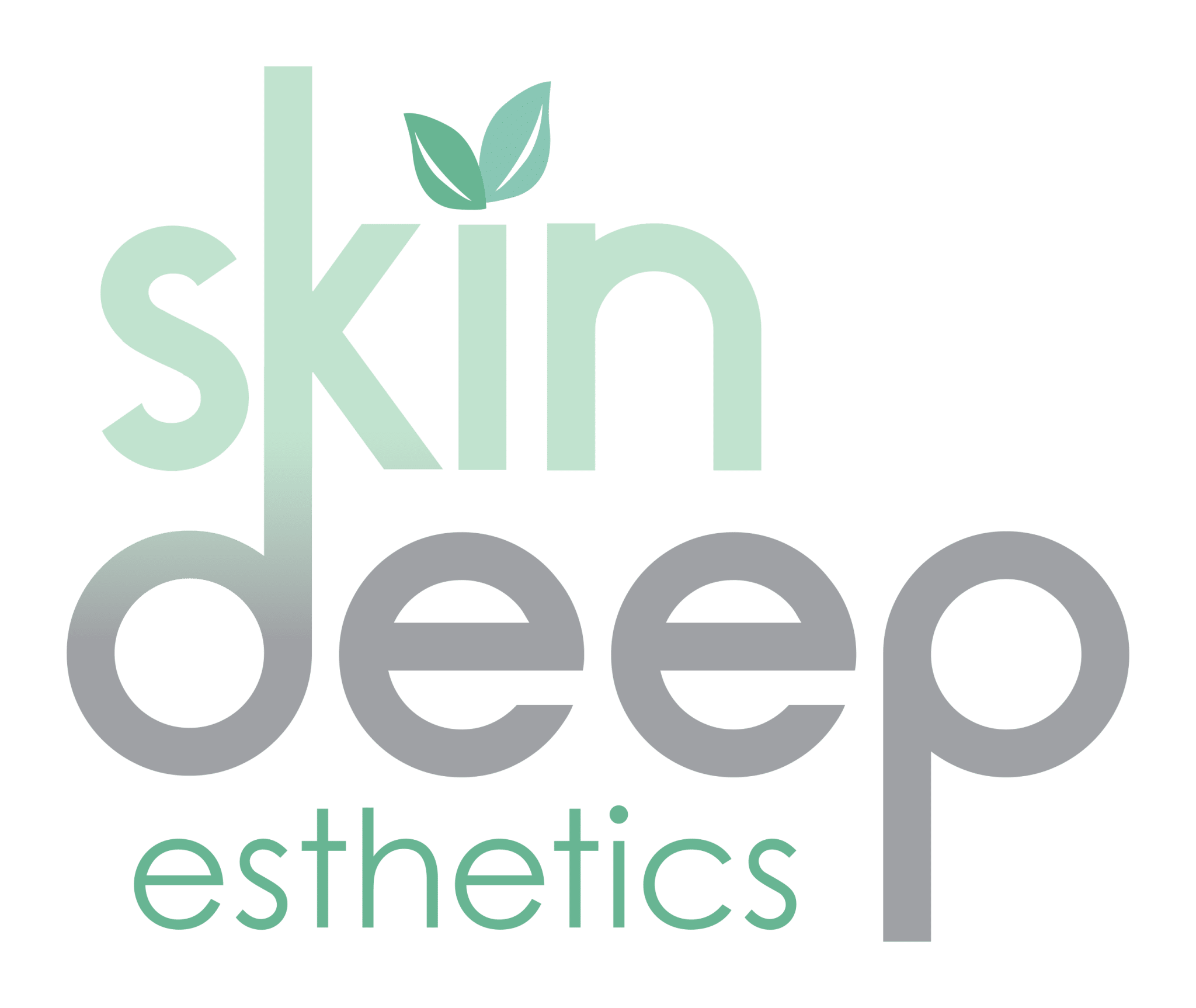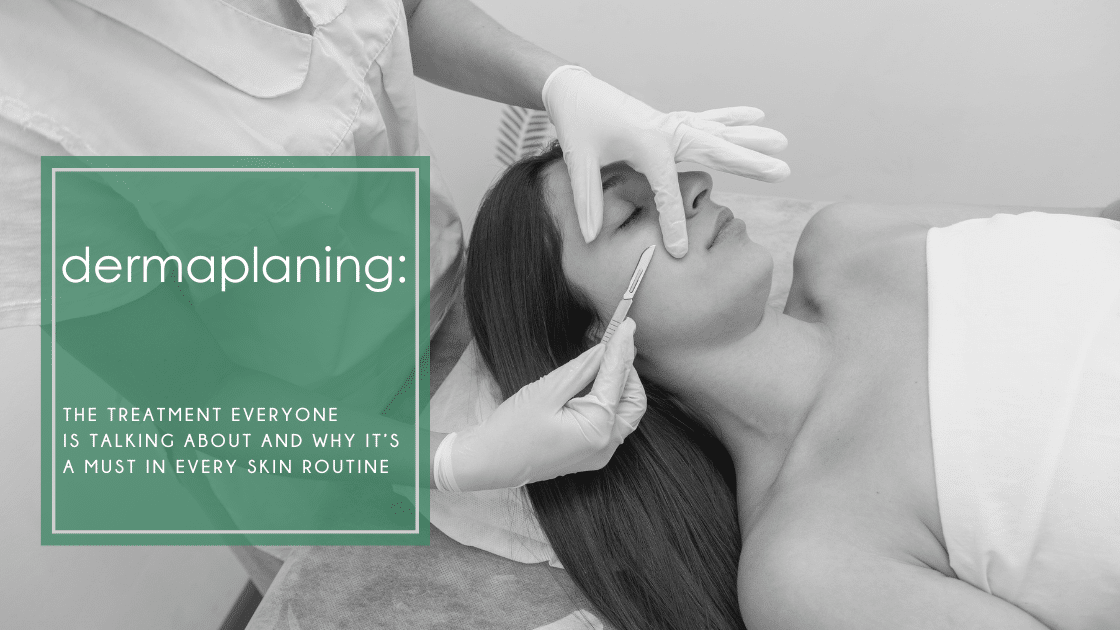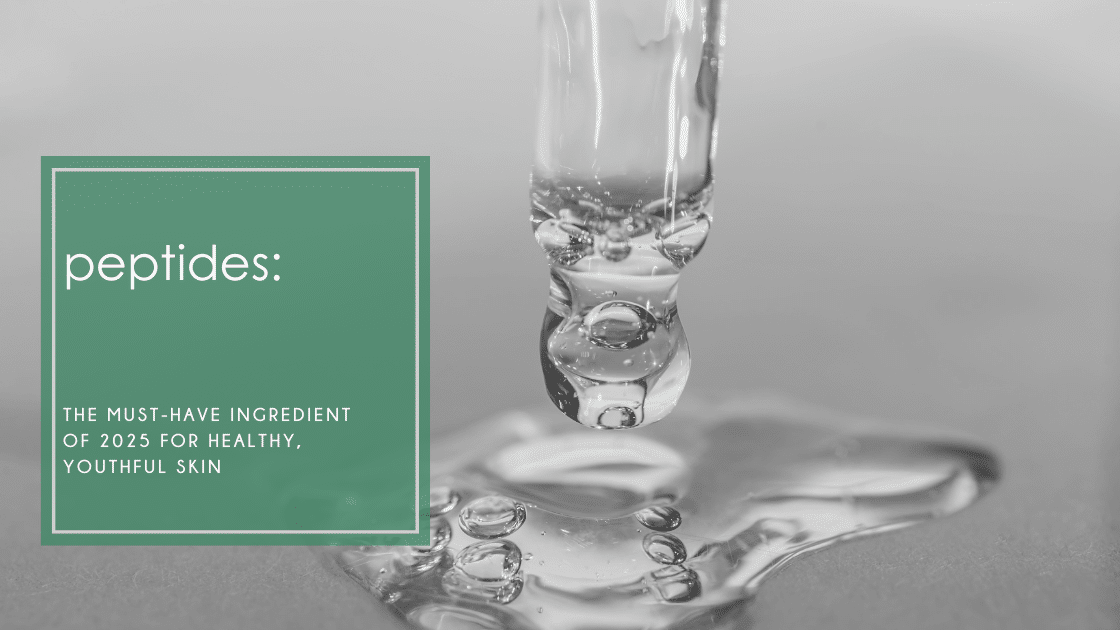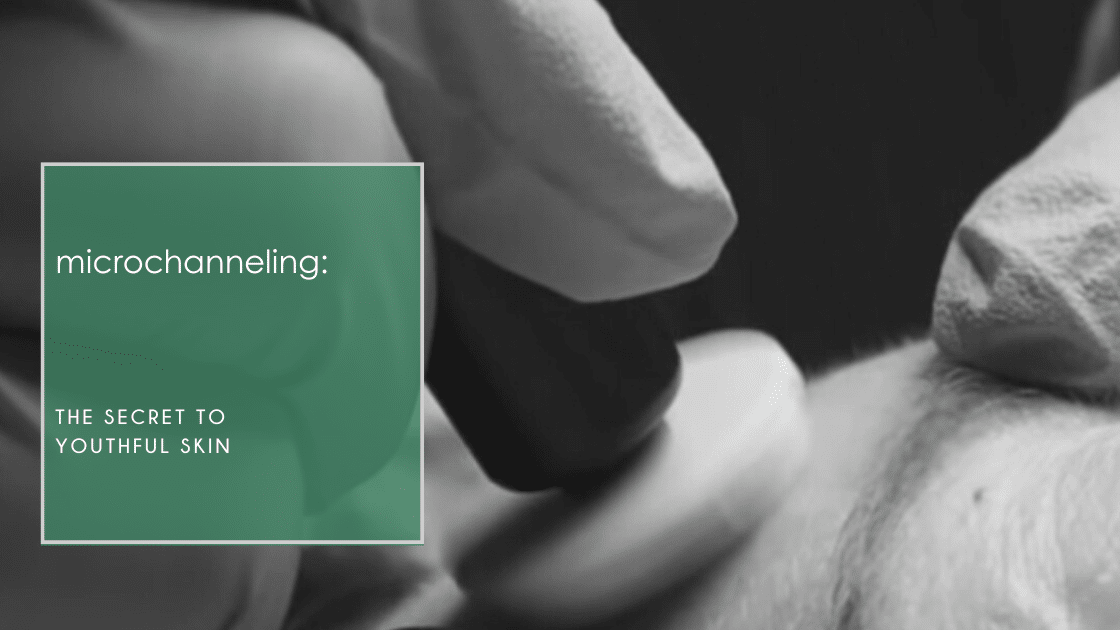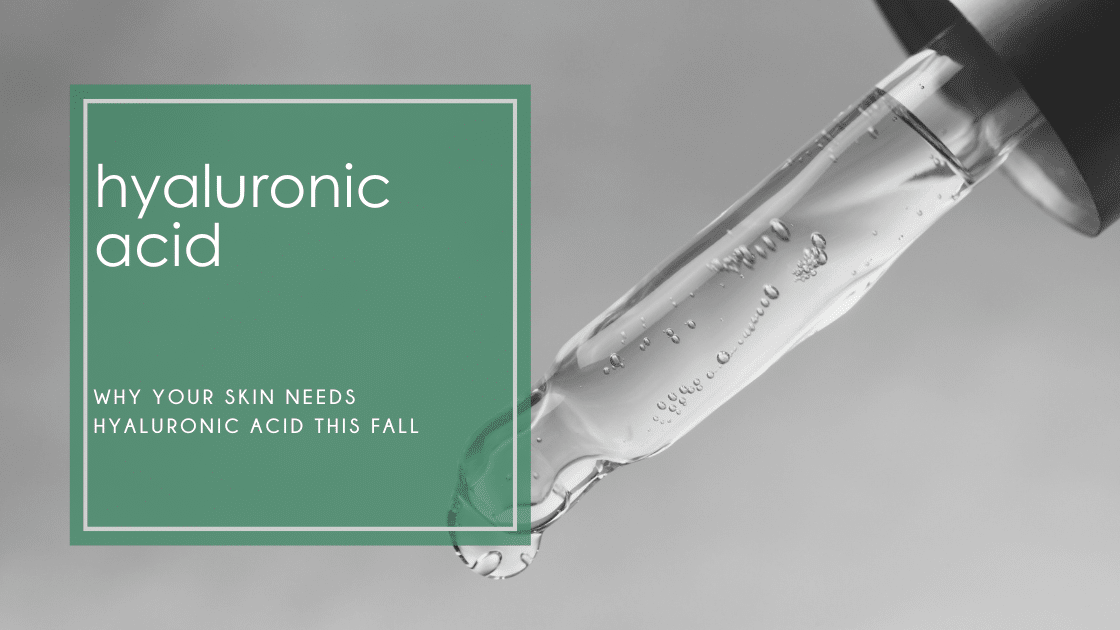Dermaplaning: Why Everyone’s Talking About It
Dermaplaning: A Must in Every Skin Routine
We love dermaplaning – and once you try it, you will too! This treatment offers benefits for every skin type, and it’s a treatment that will help you achieve that gorgeous skin glow. Today, we are diving deep into the benefits of dermaplaning, how it works for different skin types, and answering your top questions, like “will it make my hair grow back darker?” Plus, we will share what to do before and after your dermaplane treatments to maximize results. Let’s dig in!
The History of Dermaplaning
Dermaplaning is believed to have originated in Japan, where it was used to exfoliate skin and remove hair using bamboo or a blade. Fast forward to the 1980s and 1990s, and Dermaplaning gained traction in the US as a treatment for acne scarring and various skin imperfections. Today, we’ve come a long way. Estheticians now use a refined tool known in the industry as “butter blades”. This smooth, gentle, stainless steel blade has a polymer coating designed to minimize irritation and reduce the risk of cuts. It’s safe, effective, and more comfortable than ever before.
Is Dermaplaning Right For You?
If you’re dealing with dullness, peach fuzz, uneven texture, or anti-aging, dermaplaning is absolutely for you! It’s a powerful, yet gentle treatment that removes dead skin cells, stimulates new cell turnover, and leaves your skin soft and smooth.
How Often Should You Dermaplane?
Monthly treatments are ideal. Your skin’s cell turnover slows as you age – in young skin, it occurs every 28 days. Monthly dermaplane treatments help reset that cycle. Promoting healthier, younger-looking skin, less acne scarring, even skin tone, and overall skin radiance.
Is Dermaplaning The Same as Exfoliation?
Yes, Dermaplaning is a form of physical exfoliation – but taken to the next level. It involves a surgical scalpel to gently scrape away the top layer of dead skin cells and fine facial hair. The result? A smooth surface and better absorption of skincare products.
Is It Like Shaving My Face?
It’s easy to confuse the two; dermaplaning is more than shaving. Razors are designed to shave hair and leave the skin intact. Dermaplaning is a more precise exfoliation technique that removes the top layer of dead skin. It is not recommended to remove thick, coarse facial hair, which tends to dull the blade and irritate the skin. Dermaplaning is ideal for thinner facial hair, like peach fuzz.
Will My Hair Grow Back Darker or Thicker?
No. This is one of the biggest myths! Dermaplaning does not alter hair growth. It only removes peach fuzz, also known as vellus hair, which is fine, soft, and light in color. Wikipedia’s definition, “Vellus hair is short, thin, light-colored, and barely noticeable hair that develops on most of a human’s body during childhood. At puberty, androgen hormones cause much of the vellus hair to turn into terminal hair and stimulate the growth of new hair in the armpit and the pubic area. In men, this change in vellus hair also occurs on the face (beard) and the body. Vellus hair provides both thermal insulation and cooling for the body. This insulation regulates body temperature: the vellus hair functions like a wick for sweat.” Only hormonal changes can turn vellus hairs into thicker, darker terminal hair, not from dermaplaning.
Can I Get Dermaplaning If I Have Acne, Rosacea, or Sensitive Skin?
Yes – but there are some caveats:
Acne: Dermaplaning can help prevent breakouts by exfoliating and clearing the pores. However, we recommend waiting until active acne has calmed down. Dermaplaning can spread bacteria throughout the face, causing a breakout on acne-prone skin.
Rosacea: Not ideal during a flare-up, as the friction from the blade can aggravate redness and sensitivity, potentially worsening symptoms. If your rosacea is under control, you will benefit from the treatment. Your skin may feel more sensitive for a day or two after, and will look great the rest of the month.
Sensitive Skin: If your skin is mildly sensitive, you can get dermaplaning done. If your skin is reactive (burning, redness, or irritation), it’s best to wait.
Does Dermaplaning Help With Acne Scarring?
Yes, especially for post-inflammatory hyperpigmentation or minor scarring. While it won’t fix deep, pitted scars on its own, paired with treatments like microneedling can drastically improve skin texture, increase collagen, and smooth the skin.
Can I Use Retinol?
Both stimulate cell turnover, and when combined, can cause too much exfoliation, dryness, or irritation. We recommend stopping retinol 1 week before your appointment. Wait 1 week after to resume use. And always wear sunscreen – both retinol and dermaplaning increase sun sensitivity.
At-Home Razors vs. Professional Dermaplaning: What’s the Difference?
While drugstore razors may seem tempting, cheaper, and easier, they can’t deliver the same precision and safety as a professional dermaplane treatment. Here’s a comparison:
At-Home Razors
🔹 Only remove surface peach fuzz
🔹 Can cause breakouts, irritation, infection, and scarring if not used properly
Professional Dermaplaning
🔹 Uses sterile, medical-grade blades
🔹 Exfoliates deeper and safely
🔹 Offers better product penetration, smoother skin, and a longer-lasting glow.
To Oil or Not To Oil
This topic is up for debate among estheticians because some prefer to dermaplane dry while others prefer to use a facial oil, also known as Oilplaning. Let’s do a quick comparison:
Dry Dermaplaning treatments: Allow for more control, quicker treatment times, ideal for oily skin. Dry dermaplaning requires a precise technique.
Oilplaning: A layer of oil is used, minimizing redness and cuts, providing a smoother glide, and less irritation. Oilplaning is great for sensitive or dry skin types.
Dermaplaning vs. Chemical Peel: Which is Better?
Both methods offer excellent exfoliation, but they work very differently:
Chemical Peels: Use acids to break down dead skin cells and reveal new skin. We don’t recommend doing chemical peels regularly. Ideally, you want to do a series of peels 1-3 times a year.
Dermaplaning: Manually removes dead skin cells and hair with a blade. We recommend monthly treatments.
Our expert recommendation: Follow your peel series with monthly dermaplaning treatments to maintain skin results.
Pre & Post Treatment Care: Your Skin Will Thank You
How you care for your skin before and after dermaplaning is key to great results.
1 week before Dermaplaning:
🔹 Stop using retinol and acids such as AHAs (glycolic, lactic, mandelic), Salicylic acid, and Vitamin C
🔹Avoid scrubs or mechanical exfoliants
🔹Avoid sun exposure
1 week after Dermaplaning:
🔹Avoid retinol, acids, and Vitamin C
🔹No exfoliation
🔹Use a gentle cleanser morning and night
🔹Apply hydrating serums morning and night
🔹Reapply sunscreen every 2 hours – no exceptions!
The Bottom Line
Dermaplaning is a safe, non-invasive treatment that offers instant results. Whether you’re prepping for an event, refreshing dull skin, or just maintenance, this treatment is a game-changer. Remember, quality matters. Always search for a qualified, licensed professional to provide you with the best treatment possible, and you’ll get an incredible experience.
Please visit our website to learn more about dermaplaning or to book your treatment today.
